Weird and Wonderful and Frightening: An Interview with Fantasy Renaissance Man Howard Andrew Jones
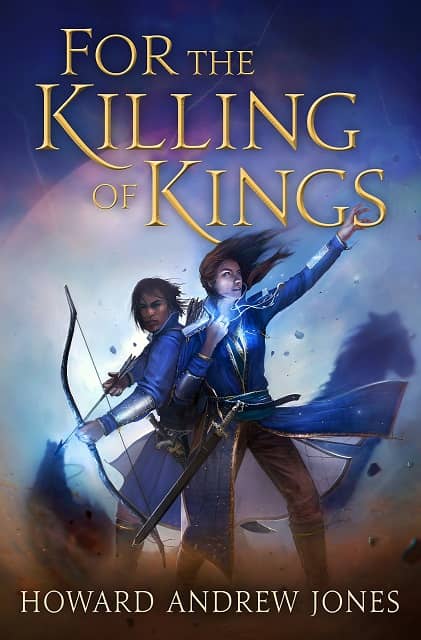 |
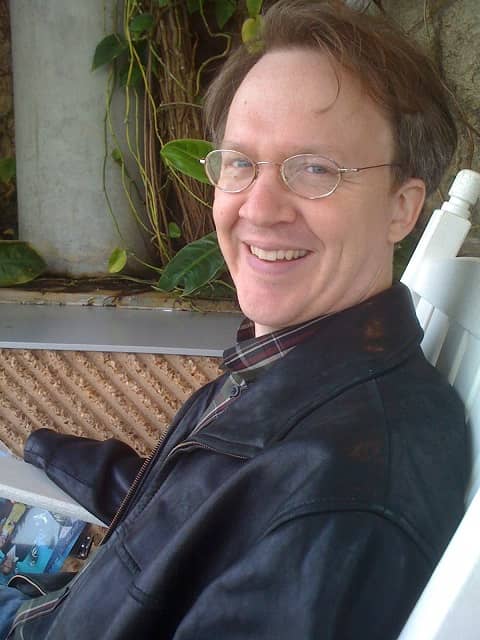 |
Howard Andrew Jones is a true renaissance man of modern fantasy. He began writing short stories featuring his Arabian heroes Dabir & Asim for magazines and anthologies like Paradox, Sages & Swords, and Black Gate. He switched to novels with the widely acclaimed The Desert of Souls, one of the major works of fantasy of 2011. He followed that with a sequel, The Bones of the Old Ones (2011), and a 4-book sequence for Pathfinder Tales: Plague of Shadows, Stalking the Beast, Beyond the Pool of Stars, and Through the Gate in the Sea.
In addition to writing, he’s also a gifted editor. He edited eight volumes of the collected tales of Harold Lamb for Bison Books, rescuing the early short fiction of one of the greatest adventure writers of the 20th Century from the moldering pages of pulp magazines. He was Managing Editor for the early e-zine Flashing Swords from 2004-2006, and in 2006 accepted the position of Managing Editor of Black Gate. He is the founding editor of Goodman Games’ new sword & sorcery magazine Tales From the Magician’s Skull, which published two issues last year. And in late 2018 he became Executive Editor at Perilous Worlds, where he oversees the publication of new titles for some of most popular properties in fantasy, including John C. Hocking’s Conan and the Emerald Lotus and Conan and the Living Plague.
Though that keeps him plenty busy, he has not neglected his own writing. For the Killing of Kings, the first novel in a brand new series, The Ring-Sworn trilogy, arrives today from St. Martin’s Press. It’s the top pick of the month of March for Bookpage, and Publisher’s Weekly gave it a starred review, saying it “will have readers laughing, crying, and cheering.” Somehow Howard found time to sit down with us for a lengthy interview about his writing process, his influences (including Zelazny, Raymond Chandler, and Leigh Brackett), and the fast-changing trends he sees from his catbird seat in the industry. Enjoy.
[Click the images for sword-sized versions.]
I’m really thrilled that the book is finally in stores, and I’m also pleased that so many of the early reviews have commented on the brilliant setting. Let’s focus on that to start with. How long has the concept of the Shifting Lands been percolating with you, and where did it come from?
Many of the main characters have been wandering around in my head for more than a quarter century, but the Shifting Lands are a newer addition, I think of about five years. I was fascinated by the idea of solid portions of reality that were disconnected, a little like the bits of order floating around in Zelazny’s The Courts of Chaos, except not quite as wild. But I wanted something weird and wonderful and frightening that lay between the civilized areas. And given some information that isn’t really revealed until late in the second book, I designed the Shifting Lands to be strange leftover landscapes. If you happen to be wandering through while they’re unstable it’s almost like passing through pictures in an old Viewmaster reel right as you’re clicking to the next image. Where did that idea come from? I wish I knew…
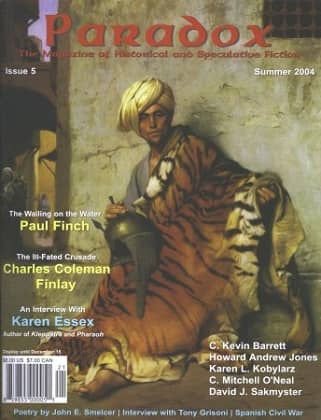 |
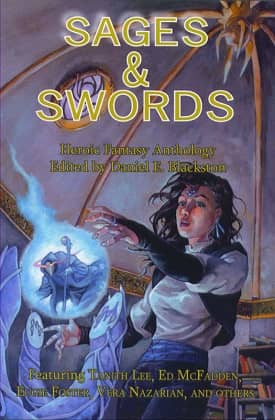 |
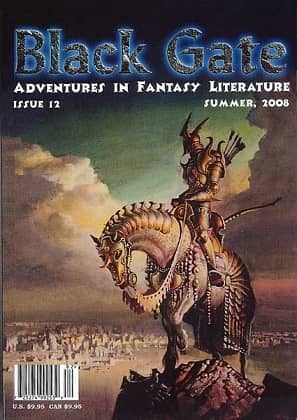 |
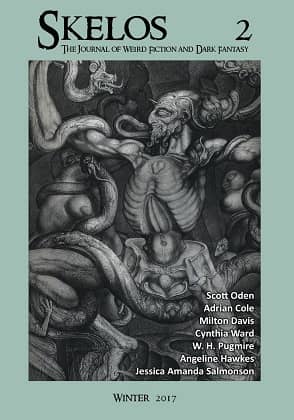 |
Howard’s short fiction, much of it featuring Dabir and Asim, has appeared in Paradox, Sages & Swords, Black Gate, Skelos, and other fine places
You’ve been a Zelazny fan as long as I’ve known you, and the dimension-hopping aspects of the Shifting Lands reminded me of some of the best parts of The Chronicles of Amber, the way you never really know what’s around the next corner. But I wanted to ask you about some of your other influences. While you were writing the book, you were reading a lot of classic noir and western novels, many recommended to you by John C. Hocking. Did any of that creep into the book?
I’m trying to remember how long I HAVE known you now… I had a lot less gray hair then, that’s for sure.
Some of the prose style has definitely influenced me. Of course, I was getting it second hand by long-term familiarity with Zelazny (clearly a Raymond Chandler fan) and the great Leigh Brackett, But by reading a whole slew of hardboiled westerns and detective novels I immersed myself in a different kind of style, one I grew to love, and one I think can be a little unfamiliar to modern readers. These books are streamlined, for starters. Padding is not an asset, and those books never stop the narrative to introduce a bunch of backstory.
As a matter of fact, a lot of times the reader is thrown into the story already well underway, and finally learning key parts of the background is part of the mystery that hooks you forward. Instead of being told how competent a character is, you see them in action. And there’s so much less of the characters whining. They just soldier on. They don’t spend a bunch of time talking about their emotions — you have to read between the lines, and I imagine some modern readers, so used to characters who constantly talk and think about all their feelings, would find these people wooden. They’re not, at all, but you have to be reading the cues. And Good Lord but the dialogue is sharp, smart, and tasty. So much can be said by these writers in so few words.
I found it revelatory, to be perfectly honest. Back when we first met, if you’d told me I’d one day have a bookcase completely taken up with westerns and hardboiled private eye books I’d have looked at you like you were mad. My shelves used to consist of a little science fiction, a few historicals, a lot of history, and a whole bunch of fantasy, especially sword-and-sorcery. Chris Hocking introduced me to the great noir and detective novels, and while I liked some noir, I loved the detective novels more, because they tend to have heroes, and I have a big soft spot for heroes.
He also introduced me to Fawcett Gold Medal as a publisher of hard boiled fiction in the ‘40s and ‘50s — and into the ‘60s and ’70s. Their editors really seemed to bring out the best in the authors they published. I went searching into the westerns from Gold Medal and while I didn’t fall in love with everything I found, I discovered some real treasures, and some authors whose work I continue to explore. That’s not to say that there aren’t great westerns from later periods, or even earlier times, but if you’re looking for hardboiled rather than mythic, the ‘50s had some great stuff.
You’d think that there would be a lot of cultural artifacts that you’d find uncomfortable, but honestly, there seem to be less of those in these genres than you’d find in science fiction novels from the same period, even fewer in the westerns than in the detective novels, which might be surprising.
To get to the point of your question — yes, I paid a great deal of attention to how this prose was crafted and I tried to incorporate the lessons into my own fiction.
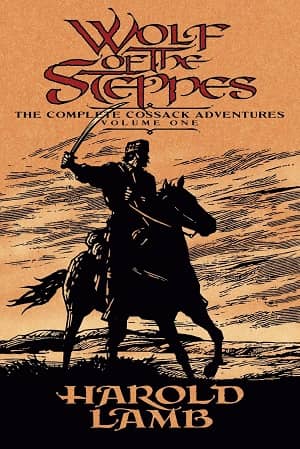 |
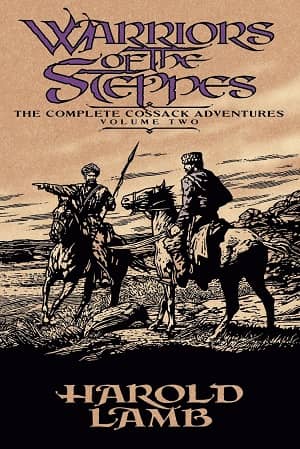 |
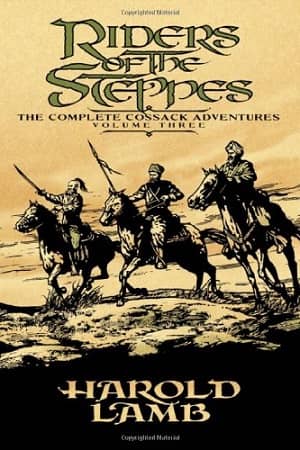 |
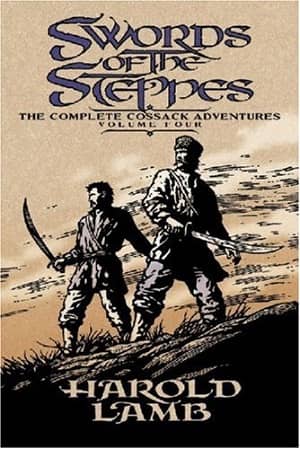 |
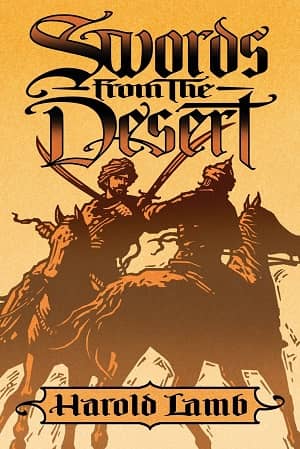 |
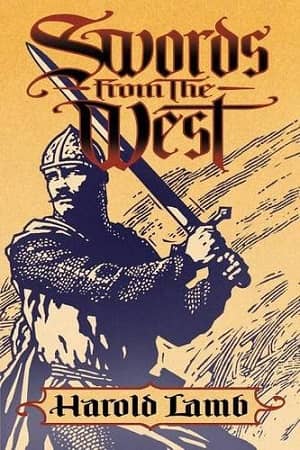 |
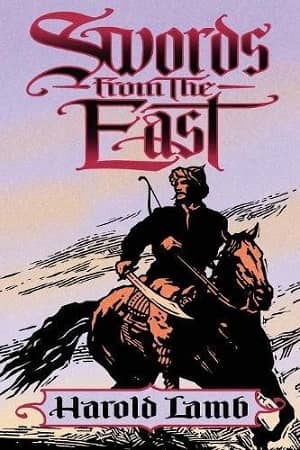 |
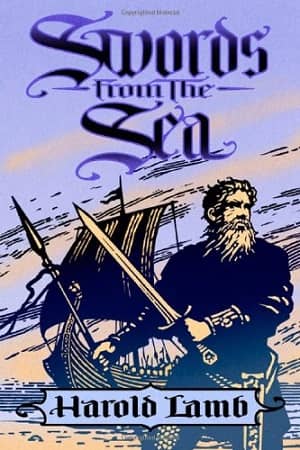 |
Howard’s Harold Lamb collections, published by Bison Books (2006-2010)
You were the person who introduced me to the work of the great pulp master Harold Lamb, with those wonderful volumes you did for Bison Books ten years ago. You often talk about his influence on your work. Is Lamb still relevant today? Do you still draw from his example when you craft action scenes, for example?
Absolutely he’s relevant. Lamb was a great storyteller and often ahead of his times, especially in his honest multiculturalism — in his fiction, heroes and villains can be found on either side of cultural divides, and he often featured protagonists from groups other writers of his time routinely used as stereotypes, especially Russians, Tartars, Arabs, and Mongolians.
But that’s really not the point. Lamb didn’t have any agenda other than trying to write cracking good adventure tales full of cool, daring characters journeying to fabulous places. Unlike a lot of older writers, his work doesn’t constantly recycle the same plot, and it isn’t full of of slow, stodgy bits. It rockets forward. It’s grand, swashbuckling fun, and I still live in hope that more people are going to discover his work.
He does a lot of things I love, and I do think about his action sequences, but I think even more about how he plots as I’m designing a story. He’d create his characters with motivations that set them in opposition and then the story would just develop from the ensuing collision.
One thing I’ve noticed about you is that you like to build up a brain trust. You did it with your own magazine, Flashing Swords. You did it at Black Gate, and again with Tales From the Magician’s Skull. And I see you’re at it again as Executive Editor at Perilous Worlds, where you’ve assembled a world class team of writers, bloggers, and fantasy experts — including Ryan Harvey, Bill Ward, and the distinguished Mister Hocking.
What’s that all about? Admit it — it’s just a scheme to assemble the finest beta readers on the planet, right?
There’s nothing sinister about it. Probably.
I enjoy working with people I like and respect — it’s really that simple. And I try to keep in touch with them. I don’t always succeed, but I try. In the case of Ryan and Bill, I’d long thought that if I ever got the chance to create a blog team they were the first two men I’d contact, because they are two of the three finest essayists I know — and that’s saying something, because I know some very fine writers. As it happens, right now Perilous Worlds only needs two bloggers, and they were both available, so it worked out, and they’re a blast to work with. But I already knew that.
Okay, but you dodged my question. You work closely with some of the best fantasy writers in the biz, and you read each other’s early drafts. Every time I mention an exciting new book, you say, “Oh, I read that in draft two years ago.” Can you tell us about your writing process, and how getting early feedback from the brain trust influences your own writing?
I’m not nearly as well connected as all that. But I develop friendships with other writers, as one tends to do because it’s a lonely business and it’s good to have friends, and I sometimes exchange stories with them.
My own story process usually involves a whole lot of incubation time. If it’s an idea for a new series, or the plot of a new book, I usually run it past my agent, Bob Mecoy, once I have the pieces in place. I’m very lucky to be working with Bob for a whole host of reasons, not the least of which being that he has a great eye for plot and character development — in other words, he’s a gifted editor. If he thinks the idea has something then I start honing it and talk over major threads with my wife Shannon, who’s my secret weapon as well as my muse. Then maybe I’ll pitch it to the editor I’m likely to be working with, or Bob will. For the most recent book I’m lucky enough to be working again with an extremely talented editor, Pete Wolverton, who’s been crucial for steering me away from reefs any number of times.
Once I’ve wrestled a manuscript into shape I punch it up into a working rough draft, show it to Bob, polish it a bit, then turn it loose to some writer friends, and my wife, and my editor. Generally I prefer to get Shannon’s feedback before sending it on to an editor, but she has a pretty involved day job and not a lot of time, so unfortunately she usually has to be reading it simultaneously. After I process that feedback I embark on a full second draft, after which I show it to a few more trusted writer friends who haven’t read the previous pass. Fresh eyes. And I also show it again to my wife and editor and Bob. Usually when it comes back from all of them there’s no longer another pass needed, just some fine tuning.
Do these readers influence the writing? You bet. They help me find problems with character motivation and plot flow, and pacing and even little things like word echo. In the first book there’s one scene where my wife thought the character Varama just didn’t sound right. She got exasperated with my attempts to address the issue, and wrote some dialogue I liked so well I incorporated it into the manuscript. In that instance it felt like she knew the character better than I did myself!
The trick, of course, is making sure that you find people who are giving you the right advice, and who understand your story and your characters, not to mention pacing and storytelling in general. It took me ages to find those people, and I cherish them.
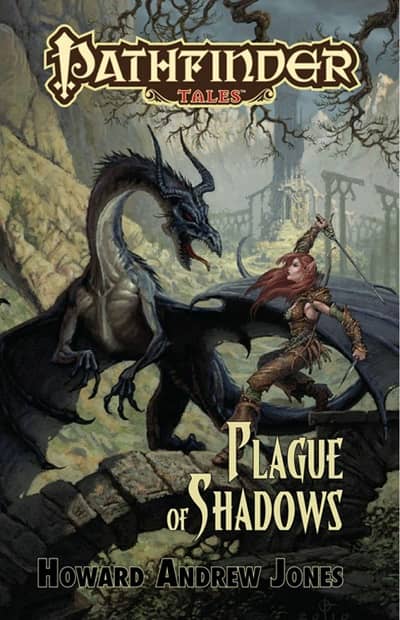 |
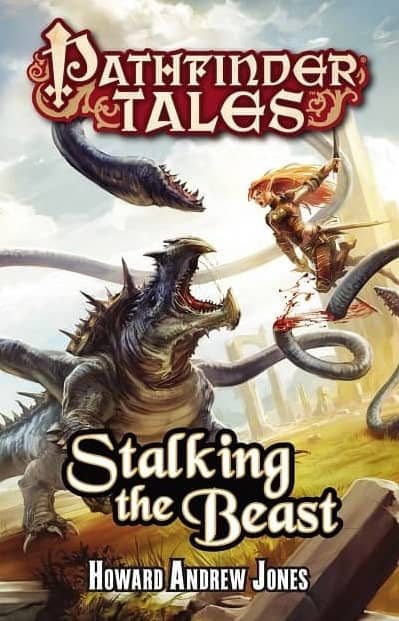 |
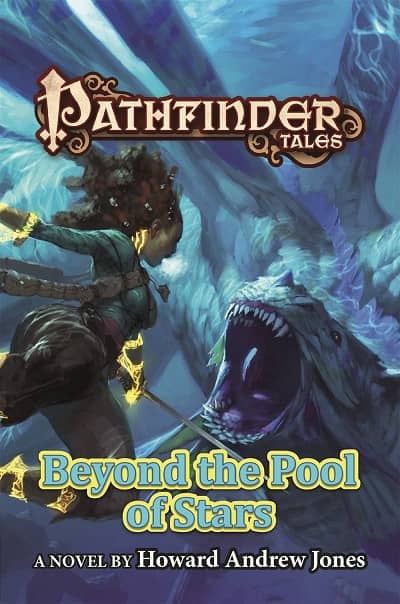 |
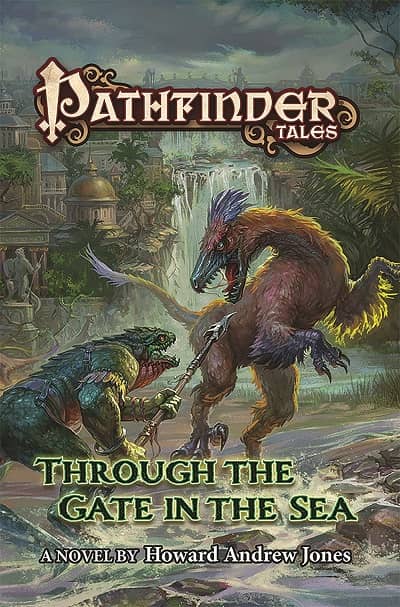 |
Pathfinder Novels by HAJ: Plague of Shadows (2011), Stalking the Beast (2013),
Beyond the Pool of Stars (2015), and Through the Gate in the Sea (2017)
For the Killing of Kings evolved significantly from the first draft I read, and in ways that really surprised me. The final version is tighter, more ambitious, and has layers of mystery that reward close reading and hint at world-shaking revelations ahead. Does that kind of rich storytelling come naturally for you, or does it arise from the process?
Oh, this is process. I wanted that richness, but I was also trying to figure out how to write a longer book. People these days seem to want longer books. I didn’t have a problem with trying that out, but I’m not that big a fan of really long books myself because so many of them feel bloated and out of control. The trick was finding a way to keep the pacing I liked while increasing the size of the novel.
During the first attempt I had a secondary arc set in the past, filling in character background. You’re one of the few people who ever saw that draft. There was good stuff there, but my wife and Pete thought it slowed the main arc down, and after looking at it with fresh eyes I decided they were right. Slow was the last thing I wanted.
So I removed that arc and came up with a second, complementary arc not set in the past. I was frustrated because this meant I’d spent almost two years working on a book that still wasn’t ready, but all of that hard work figuring out back story turned out not to have been wasted at all. In effect I’d figured out how all the characters got to be who they were. And I think that resulted in much richer storytelling.
I still wish I could have found a way to keep a battle scene between two armies I was quite pleased with, but it didn’t fit into the new narrative structure.
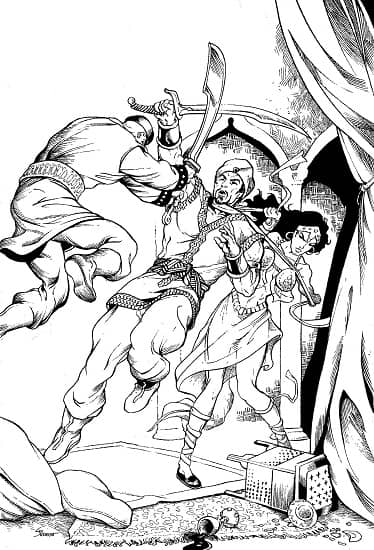 |
 |
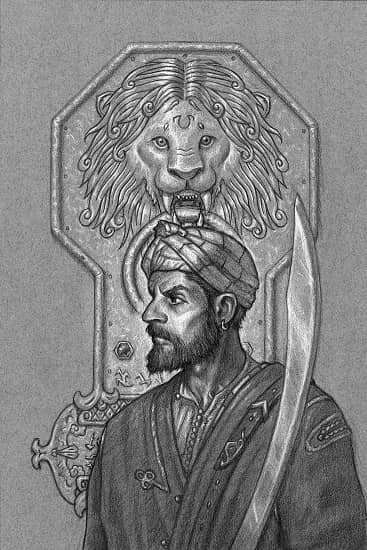 |
Dabir and Asim artwork from Black Gate for “Sight of Vengeance” (BG 10, art by Storn Cook),
“Whispers from the Stone (BG 12, art by Storn Cook), and a character study of Asim (BG 15, Jim Pavelec)
Where does that modern appetite for fat fantasies come from, do you think?
I have a theory, but I don’t know for sure. At about the time the American fantasy public was falling in love with The Wheel of Time I decided that if I really wanted to be a good fantasy writer I better understand the roots of fantasy fiction. So for 3-4 years I wasn’t paying any attention to the market — I was reading Brackett and Dunsany and Moore and Howard and Kuttner and even older guys and gals. When I came out from that, suddenly big fat fantasies were the thing, although by that point it was book 5 or 6 of The Wheel of Time and friends were telling me they felt like Jordan was padding, which was why I never got started.
Now I can’t tell you how exactly it was that The Wheel of Time caught on, but it had an immense impact upon an entire generation of fantasy readers. Maybe they liked Big Fat Fantasy because it’s more like a mini-series than a movie, or, in the case of those short story collections featuring the same hero that I loved so much growing up, less like an episodic TV show.
Many people now expect big is how fantasy books should look, and they haven’t read the earlier stuff we grew up with to know that there are other ways to go about it — or maybe they’ve read that even older stuff and find it wanting. Some hasn’t aged well. As you and I know, some of it remains glorious, or is glorious no matter certain flaws.
But as for where that appetite comes from? I no more comprehend that than understand modern musical preferences, many of which seem bereft of any appreciation for simple things I used to take for granted, like a catchy melody, or a song structure that grows gradually more complex over the course of its length. Tastes change. It’s easier to find a good fat fantasy novel than a well-written modern rock song, though…
Tell us a bit more about your ambitions for The Ring-Sworn series. Will be it 20 books?
Hah! I plan three. The second one is fully written and I’m just addressing some edits before it goes out to beta readers. It will easily be ready for print in a year or sooner. The third book is fully outlined and has a few chapters drafted. I’d be further along with that but, hey, I had to stop and address edits to book two!
I think things will feel pretty well settled by the conclusion of these three books, although if there’s a big demand, I’ve been thinking that a few of the survivors might have another adventure in them. I’ve honestly given more thought to a prequel set hundreds of years in the past, all about the great queen who founded the Altenerai corps, and the trials she faced while trying to build the realms and the heroic order. I guess the elevator pitch to THAT one would be “The Chronicles of Amber crossed with King Arthur and the knights of the round table — except the ‘king’ is a badass warrior queen.”
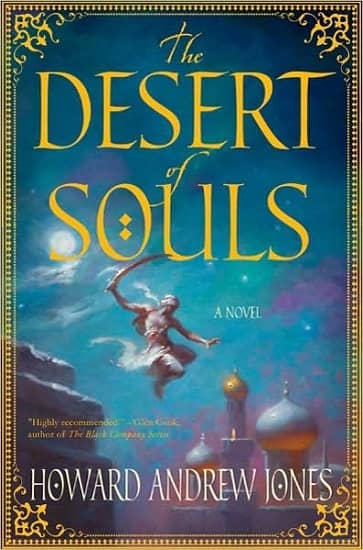 |
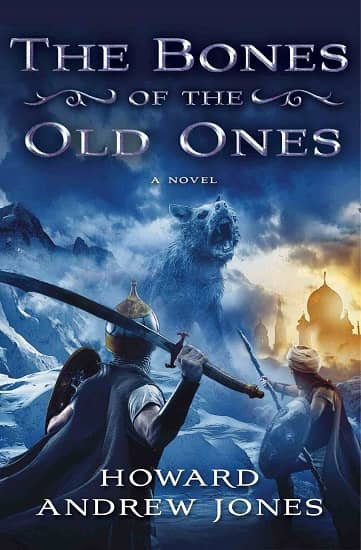 |
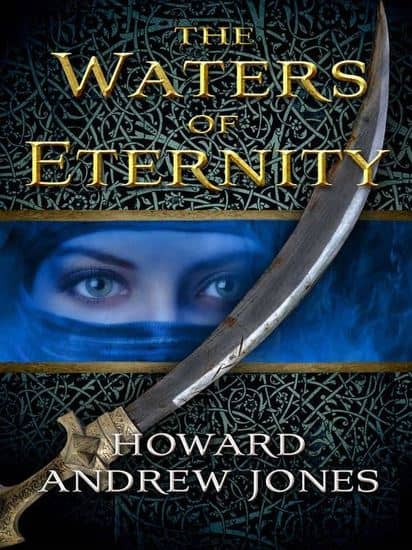 |
Dabir and Asim books by HAJ: The Desert of Souls (2011), The Bones of the Old Ones (2012), and the collection The Waters of Eternity (2011)
The book has already received some amazing accolades. It’s the top pick for Bookpage this March, and Publisher’s Weekly gave it a starred review, saying the book “will have readers laughing, crying, and cheering.”
That must be gratifying. As the reviews come in, and you finally get feedback on the book, does the audience reaction influence your plan for the next books at all? Are you ever surprised by which characters your readers love most, for example?
The good comments are certainly reassuring. I hope that means this book is going to reach a wide audience!
So far, I think the biggest surprise was when someone who read the book prior to interviewing me loved one of the side characters best, the blunt, dangerous, but strangely loyal Ortok.
People who really like the book seem to enjoy the characters, a lot, and that makes me happy, because so many of them have been keeping company with me for more than a quarter century. At this point even the more recent ones have been with me for four or five years, because I’ve been writing and revising the first book for quite a while now.
One final question. Your characters Dabir and Asim appeared in the print version of Black Gate magazine, and other places, and the first two novels featuring them, The Desert of Souls and The Bones of the Old Ones, were enormously popular with our readers. Why should those readers check out your new book?
I think most readers who enjoyed those books will enjoy the new series. I tend to write about heroes, and while Kyrkenall and Elenai and the others come from a different land, I think Asim and Dabir would proudly fight at their side, because their codes of honor are pretty similar. Aside from that, there’s plenty of swashbuckling, and monsters, and strange secrets to unravel, which ought to be familiar to readers of my Arabian fantasy books!
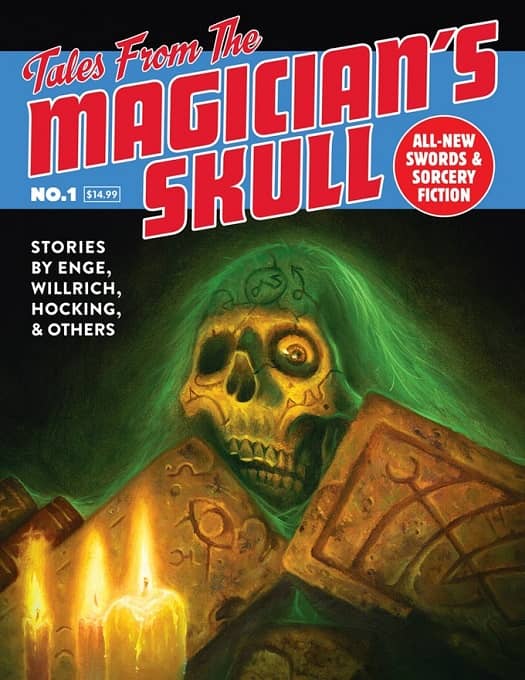 |
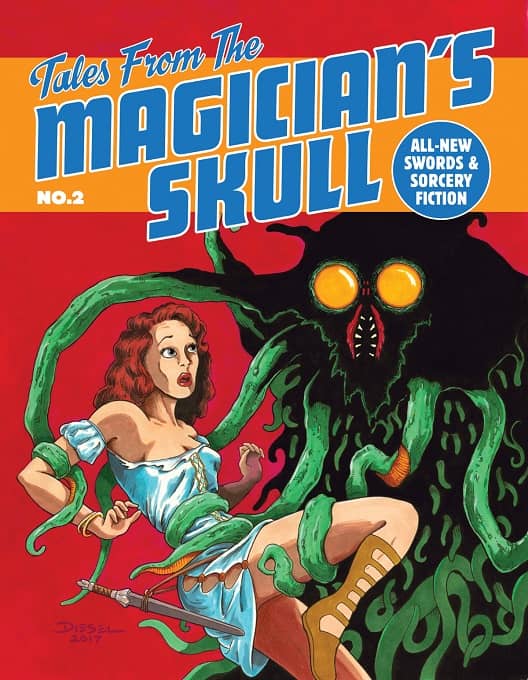 |
The first two issues of Tales From the Magician’s Skull, edited by Howard Andrew Jones
and published by Goodman Games. Cover art by Jim Pavelec and Diesel Laforce
Thanks so much to Howard Andrew Jones for taking the time to talk with us about his past and future projects. Some of our previous discussions with, and articles about Howard include:
Paul Semel.com interviews Howard Andrew Jones
Fictional Frontiers interviews Howard Andrew Jones
Speculate! interviews Howard Andrew Jones
My Bookish Ways interviews Howard Andrew Jones
The Best of Modern Arabian Fantasy, Howard Andrew Jones and The Desert of Souls, an interview with Emily Mah
“Sight of Vengeance” (from Black Gate 10)
“Whispers From the Stone” (Black Gate 12)
Excerpt: The Bones of the Old Ones
Pathfinder Tales: Plague of Shadows, a review by Nick Ozment
Pathfinder Tales: Stalking the Beast, a review by Nick Ozment
Pathfinder Tales: Beyond the Pool of Stars
Pathfinder Tales: Through The Gate in the Sea
Pathfinder Tales: “Bells for the Dead” by Howard Andrew Jones
Pathfinder Tales: “The Walkers from the Crypt” by Howard Andrew Jones
Howard Andrew Jones and Bill Ward Re-Read Swords Against Death
Howard Andrew Jones and Bill Ward Wrap Up Their Epic Conan Re-Read
Literary Wonder & Adventure Podcast Presents: Robert E. Howard, Master of Sword & Sorcery: A Conversation with Author Howard Andrew Jones
In Search of a new Weird Tales: An Interview with Joseph Goodman, Howard Andrew Jones, and the Talking Skull!
Read an Excerpt from For the Killing of Kings at Tor.com
See all our Howard Andrew Jone coverage here. Keep up with Howard (if you can!) at Perilous Worlds, Goodman Games, @howardandrewjon, and on his website.
See all our recent interviews here.
Great interview, John! Almost like you know each other really well… I liked getting into Howard’s thoughts on fantasy and the methods of his craftsmanship.
Congratulations on the new (and upcoming) books, Howard!
Very high on my TBR list …
I’m amazed by the photo – I’ve always pictured Howard as having a long white beard and glittering eyes, sort of like the wizard Shazam.
Thomas, you made my day.
I don’t get the beard and glowing eyes until AFTER I say the magic word.
Congratulations on an auspicious launch! Can’t wait to read it.
> Great interview, John! Almost like you know each other really well…
Thanks, Matt. And yeah, I’ve run into this Howard guy a time or two….
> I liked getting into Howard’s thoughts on fantasy and the methods of his craftsmanship.
If I ever wanted to become a fantasy writer, Howard would be my mentor. I think he has a lot to teach — and it’s obvious he’s learned from the best.
Loved this interview. You two guys should host a podcast. Rock on!
[…] I was at Black Gate, sitting down with John O’Neill to talk about writing and reading and editing and nearly […]